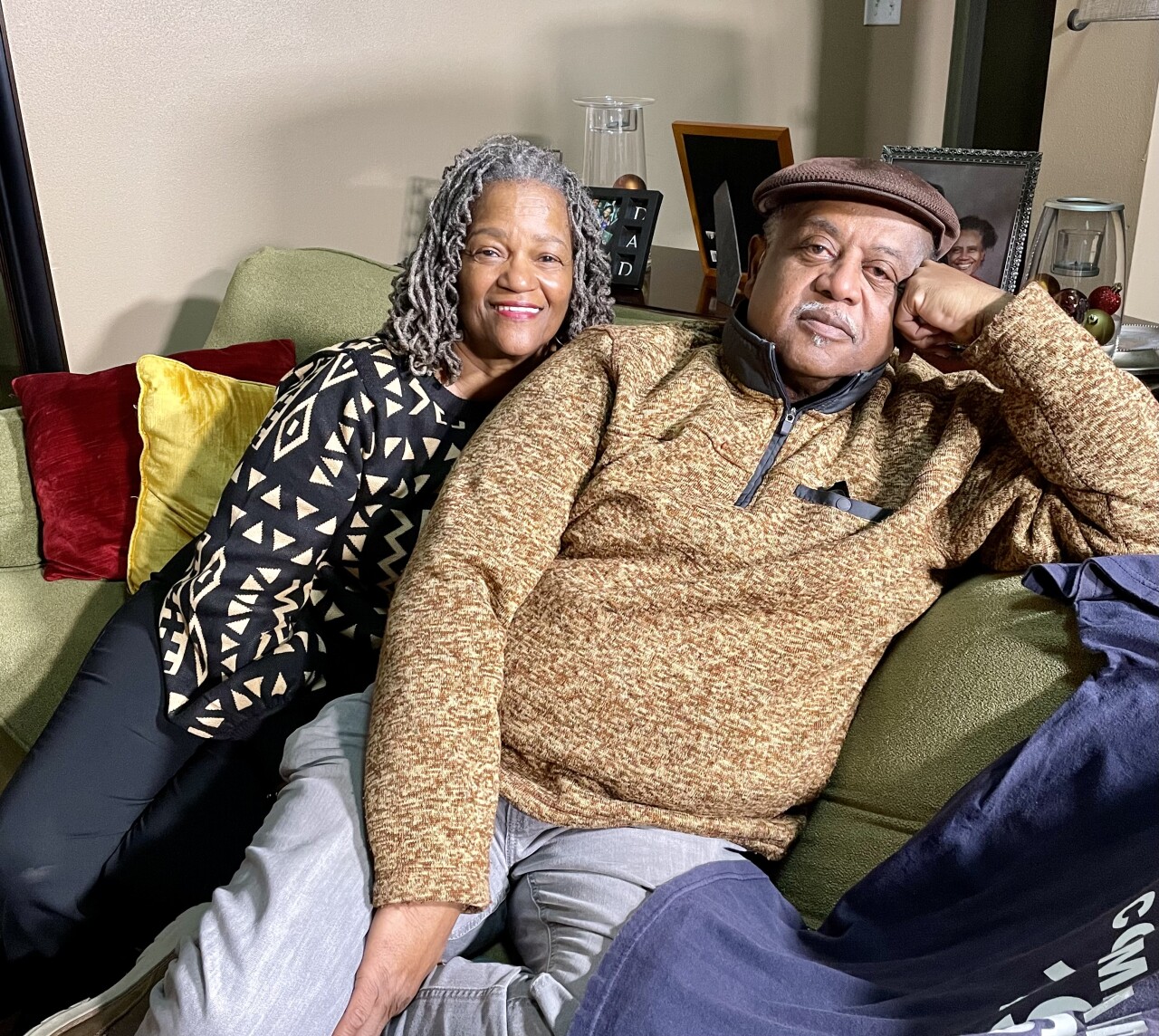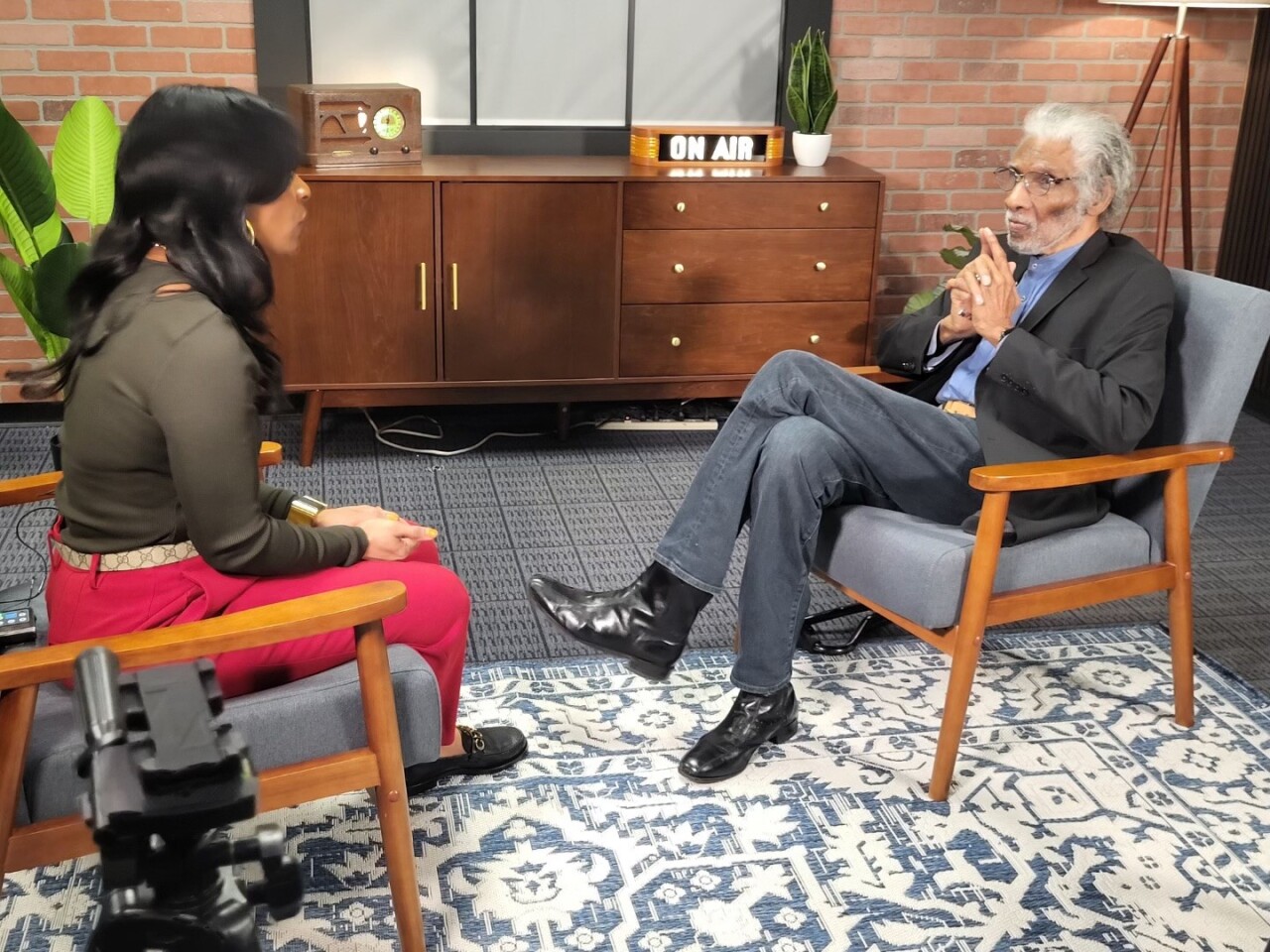MILWAUKEE — In the late 1960s, Milwaukee made national headlines as civil rights activists, many of them children, decided to take a stand against racism and discrimination.
TMJ4's Andrea Williams looks back at Milwaukee's struggle for fair housing with some of the individuals who played a major role in creating change.
When you think of Milwaukee's Open Housing marches, several key figures come to mind. The Honorable Vel Phillips, Father James Groppi, the NAACP Youth Council, and the Commandos. Who were the Commandos and what was their mission?
Formation of the Commandos:
"The Commandos were a group of young men that came together for the protection of the body of youth council. They were well structured. They had rules, they had regulations, operational procedures in place, they had an oath."
Fred Reed served as the Command Sergeant Major with the Milwaukee NAACP Youth Council Commandos.

Clarence P. Nicholas serves as the current President of the Milwaukee Branch NAACP. He remembers that the Commandos were nonviolent, but says they were committed to defending themselves and marchers if necessary.
"They were a young group and they called them radicals, but they did what they felt they needed to do and they did it well," said Nicholas.
Impact on the Civil Rights Movement:
Commandos usually ranged in age from 18-30. Many of them were military-trained Vietnam Veterans who followed the non-violent movement taught by Dr. Martin Luther King, Jr. and Mahatma Gandhi. They formed in October 1966 when NAACP Youth Council members picketed the Eagles Club, which only allowed white members.

"Some of the kids got roughed around, got hurt. At that point, there was really no official protection for them. After that, shortly after that, the commandos were formed to protect the kids, the marches," said Reed. "Who could be a commando? Were there any qualifications that you had to meet?" Andrea asks. "We had no preference to race, creed, anybody we had two white commandos that I know of," said Reed.
The Youth Council's progress made after the Eagles Club boycott inspired them to continue the movement.
Clayborn Benson is a local historian who operates the Wisconsin Black Historical Society.
"So fair housing really looks at the quality housing for African Americans, where they can live, schools they could go to, neighborhoods," said Benson.
The March Across the 16th Street Viaduct:
Milwaukee's first Black and first female Alderperson, Vel Phillips, proposed the ordinance. She, along with Father James Groppi a white Roman Catholic Priest who served in the central city at St. Boniface Church, partnered to initiate change.
"It is Father Groppi and Commandos who brings [sic] national attention to it. King is trying to do it in Chicago and not having a great deal of luck. But it's the march across the 16th Street Viaduct that brings light to the significance of fair housing," said Benson.
The James Groppi Bridge, formerly known as the 16th Street Bridge, was considered the Mason-Dixon line separating the black community from the white community.
In August 1967, Civil Rights activists and other members of the community, marched across the bridge for more than 200 consecutive nights to end housing discrimination.
"People always talk about the 200 days and nights, but they don't talk about, they don't know that each day, they may have been one, two or three marches. So you multiply that over 200 days and nights," said former Commando Fred Reed.
Larry Willis was also there as a member of the Commandos.

"When I first joined the Commandos, I saw it as an opportunity to improve the lives of not only my family but basically all the people in the City of Milwaukee. And I looked at it as an opportunity to express my anger, my frustration, especially with the power structure," said Willis.
He was only 17 when he joined. He says he'll never forget the angry mobs they faced.
"I saw women getting beat, children getting beat and after that, it was like I'll be back the next day. And I was back the next day and got arrested," said Willis.
NAACP Youth Council's Legacy:
Joyce McGhee was only 14 when she joined the NAACP Youth Council and she also marched on the 16th Street Bridge.
"When you look who was out there, it was young people," said Joycee. "So, I just think we were protected not only by commandos but we were also protected by divinity."

Her future husband, Ken McGhee was a 13-year-old 8th grader when he joined.
"We didn't realize how powerful we were," remembers Ken. "But now looking back in retrospect [sic], I find that we were an amazing group of kids! When we said we're going to march tonight, everybody was on board."
The marches surrounding open housing ultimately led to the passage of the Fair Housing Act in 1968. Which still today, protects people from discrimination when buying or renting a home in Milwaukee.
The events that happened in Milwaukee gained national attention and brought civil rights activists like Dick Gregory and Hosea Williams to the city.
"After the houses, Freedom houses being torched by the police department, Father Groppi decided to take the fight to the south side who resisted it so much. And walking across the 16th Street bridge was one example of that. But that garnered real national press from all over the country. He was able to help convince Congress that something needed to be done. The federal housing bill was passed in 1968," recalled historian Clayborn Benson.

Larry Willis and so many others are extremely proud of what they accomplished, "As a result of what we did here, we changed the nation, as a matter of fact, we changed the world!"
Life After Protest:
Both Larry Willis and Fred Reed were motivated to join the Commandos due to watching their own families not having an option on where they wanted to live. They are great examples of what life looks like after a protest. Larry Willis, now in his 70s, is the Mentor Coordinator for the local "I Have A Dream" Foundation.

Fred Reed, now in his 80s, went on to hold key positions in the private sector, criminal justice sector, and the State of Wisconsin. He helped launch the first Black Voters Registration campaign in Milwaukee and served as Vice President of the Madison NAACP branch. In each of those capacities, he helped elevate African Americans to levels that helped break the status quo.
It’s about time to watch on your time. Stream local news and weather 24/7 by searching for “TMJ4” on your device.
Available for download on Roku, Apple TV, Amazon Fire TV, and more.



